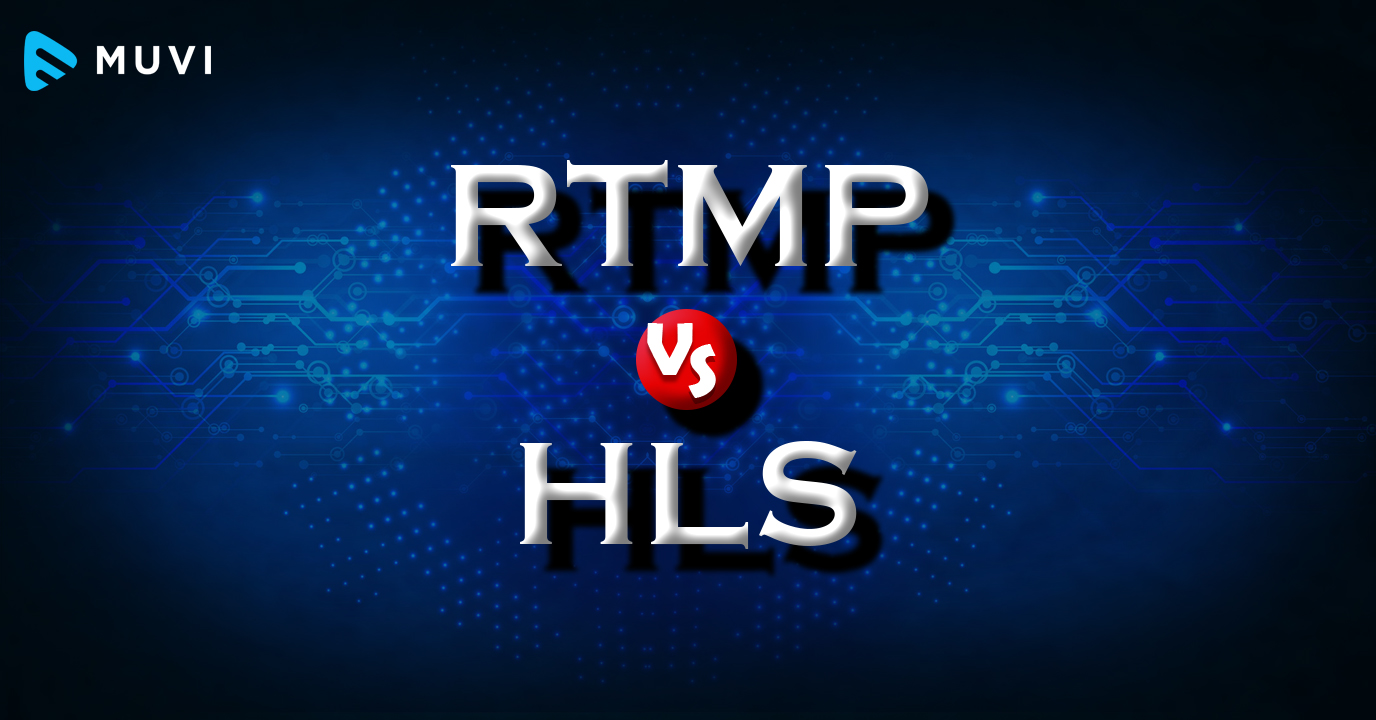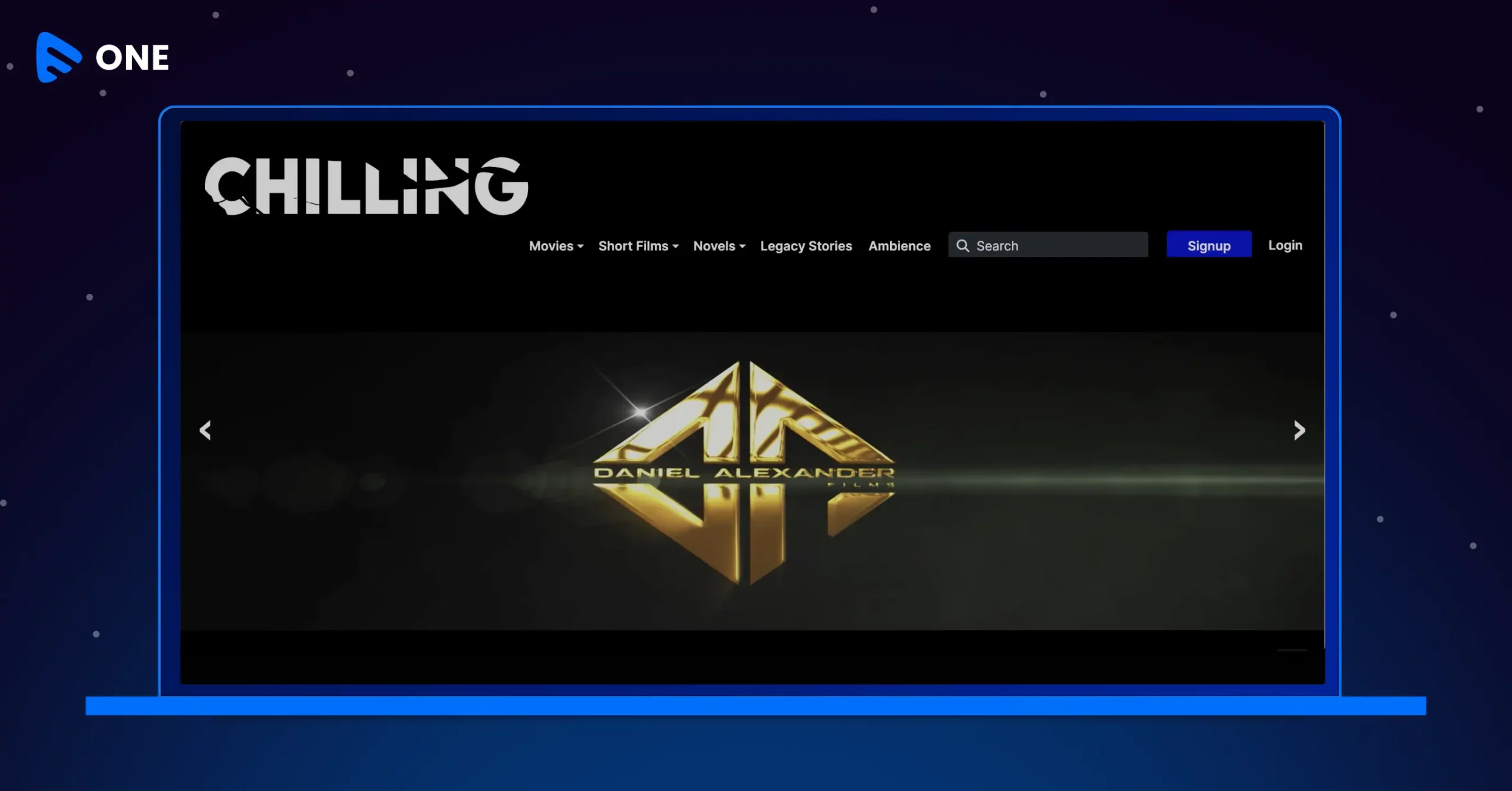The popularity of video streaming services are growing every day and platform providers are striving hard to provide a hassle-free experience to their subscribers. According to reports, 45% of live video audiences pay for live, exclusive, Video-on-Demand content from a favorite team, speaker, or performer. This number is already pretty motivating for streaming providers and the growing bonhomie is serving as a catalyst for superior technological development and refined content. This is also a litmus test for the streaming giants who are already battling over diverse content and investing moolahs on aesthetics and technical intricacies.
According to reports, streaming video accounts for over two-thirds of all internet traffic and is set to jump to 82% by 2020. Keeping an eye on the same, OTT providers are upgrading their respective platforms to deliver unique content to their users.
Talking about content delivery, RTMP and HLS are the two primary live streaming protocols used to deliver online content via streaming services. While both have got their respective pros and cons, this article will take you through both with a heuristic approach.
RTMP
Real-Time Messaging Protocol (RTMP) is a product of Adobe (previously Macromedia) and is used for high-performance transmission of audio, video, and data over the Internet between Flash-based platform technologies, including Flash Player & Adobe AIR and the Server. RTMP is based on Transmission Control Protocol (TCP). RTMP prioritizes sustained stable connection and provides low-latency interaction. For smoother streaming and to transmit maximum data possible, RTMP server breaks the information into small fragments and the fragments’ sizes are defined by the format of interaction between users and the server.
[ Muvi supports RTMP feeds for your Live streaming service. Simply enter your live feed URL in the backend and Muvi’s Video Player will embed the feed to play it for the viewers, instantly. ]
RTMP which is a cross-platform protocol works on Windows, Mac, Linux, Android, Windows mobile, iOS, etc. For gaming enthusiasts, RTMP is also used in devices such as Xbox One, PlayStation, and PS Vita as well.
HTTP Live Streaming (HLS)
HLS is a patented streaming format from Apple. It is an adaptive streaming communication protocol. Although initially designed for Apple and its related array of products, now it supports Android and other devices as well to offer users a multi-channel live video streaming experience. The best part of HLS is that it can be served from an ordinary web server with general configuration.Also, it has an edge over others when it comes to quality. Through adaptive bitrate process, at any given moment viewers experience the best video quality that their connection is capable of. HLS is supported on Google Chrome browsers, Microsoft Edge, Safari, Android, Linux, MacOS etc.
Pitting RTMP against HLS
While both RTMP and HLS have their own set of merits and demerits, they are quite apt in specific ecosystems. RTMP distribution is largely used by many websites today and so is HLS which is preferred in most of the streaming technology. For a better viewpoint let us first discuss the merits of both.
Pros of using the RTMP Protocol
Trust of 10 years
RTMP streaming is achievable with a homely setup. The two things that go in favor of RTMP are: First, setting up a Flash Media Server is simple and secondly, the technology is mature. A user can stream video in many formats simultaneously, applying security features such as Player verification.
Low latency from Real Time
When it comes to live broadcasts, low latency from the real-time transmission is one high point for RTMP videos. Here, RTMP videos outplay HTTP based technologies as RTMP videos fit best in live transmissions such as sports events, betting system, and trading related applications.
[ Muvi implements Real Time Messaging Protocol by tightly integrating on your streaming platform. Build on Muvi and deliver without time lag, and frame loss.]
Pros of using the HLS protocol
Available on all devices:
Irrespective of the device, viewers can watch HLS video and access content. Be it a smartphone, tablet, desktop, laptop, smart TV, set-top box or any other device, users can access HLS videos. MPEG-DASH which is a leading alternative of HLS is not supported on iOS and Safari and that certainly is one competitive advantage of HLS.
Great Video Quality:
HLS by virtue of Adaptive Bitrate Delivery measures the internet speed available to each viewer and changes the quality accordingly. It remains one of the biggest advantages of HLS.
Pocket-friendly:
HLS is supported by almost every device via HTML5 and Media Source Extensions. As there is no need to use a specific device to watch the content, it is a cost-effective option one must seek for. Also, HLS, as compared to Flash provides a secure browser for viewers during both on and off-viewing.
RTMP and HLS – Head to head
From a site visitor point of view, access is one major advantage of using HLS. Corporate networks often have a firewall installed to block specific content. Only HLS content are sometimes allowed. So, here it has an advantage over RTMP as RTMP delivered flash video does not have that privilege always. So, if you do not want to come across firewall and proxies, then HLS is your cup of tea.
RTMP, on the other hand, has an edge over HLS as it offers multicast support. So, if you run a business and wish to take one stream inside your network and deliver it to multiple users without setting up a new connection, go for RTMP. Because neither HLS nor CDNs provide this function.
Digital Rights Management (DRM) is of utmost importance if you are a content distributor or aggregator. Digital Rights Management is an organized process of copyright protection for digital content such as video, music, eBooks etc. Now while RTMP has a broad DRM support, HLS is not a normally accepted form of DRM and may provide a contractual and legal barrier with content owners who mandate that DRM be used to protect their content.
Another area where RTMP has an edge over HLS is reporting. In RTMP, reporting is elaborate and granular. The logs derived from RTMP servers have a detailed analysis of user activity within a video such as point of disconnection, advancing in the video using scroll bar, etc. So reporting is better in RTMP than HLS.
Lastly and most importantly, what matters is the “Cost.” As RTMP streaming transit needs specialized skills to set up and manage the servers and considering the complexity in ensuring the content delivery to the user, earlier CDNs were charging a premium. Today as the “Flash tax” does not exist, the cost to deliver content via RTMP has significantly decreased. But HLS still boasts a better traffic. Now if you have your own infrastructure and an eye on economies of scale, then your total cost of ownership (TCO) is less with HLS than RTMP.
Final Take
RTMP can do adaptive bitrate streaming (ABS), where the video quality automatically adjusts to changes in bandwidth. Players can seek to later parts in a video, which is particularly useful for files > 10 minutes.Players maintain a tiny buffer, instead of downloading a video during playback, saving bandwidth.
HLS works by splitting live streams into a sequence of smaller HTTP-based file downloads. Each download loading one small portion of an overall potentially unbounded transport stream. As the stream is played, the client may choose from several different alternate streams containing the same content encoded at a variety of data rates. This allows the streaming session to adjust to the available data rate. It downloads an extended M3U playlist at the beginning of the streaming session, which contains the metadata for the different sub-streams which are available. As an HTTP-based technology, no streaming server is required, so all the switching logic resides on the player.
HLS can distribute both on-demand and live video files. HLS uses the HTTP protocol. Hence, instead of using a specialized streaming server, users can stream media from their regular web server.
To sum up, picking a delivering system is not as easy as picking your weekend movie and certainly, you cannot afford to binge watch, right!! So take your cues and zero in on either or a choose a provider that supports both.
[ Sign up with Muvi and get 14-day free trial to build your live streaming service. Try now. ]













Add your comment